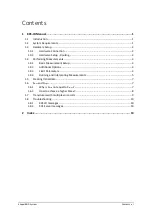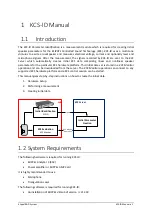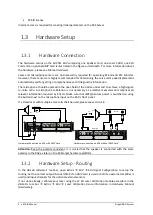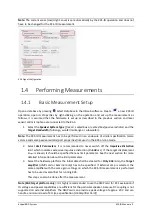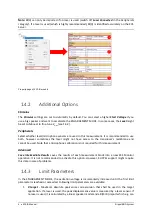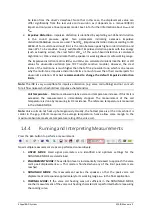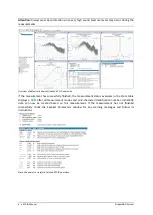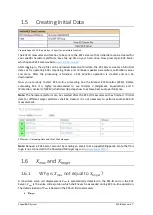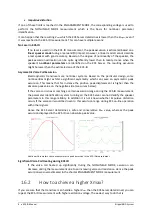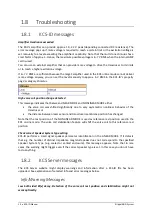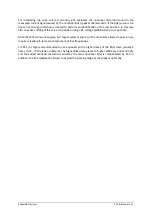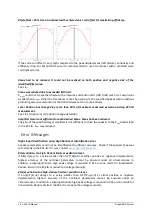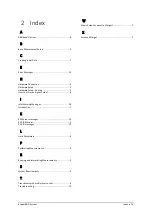
Klippel R&D System
KCS-ID Manual
3
Note:
The current sense (Low/High Sense) is set automatically by the KCS-ID operation and does not
have to be changed for the KCS-ID measurement.
KA3 Signal Configuration
1.4
Performing Measurements
1.4.1
Basic Measurement Setup
Open a database by pressing
Select Database
in the dB-Lab software. Create
a new
KCS-ID
operation, open its
Properties
by right-clicking on the operation and set up the measurement as
follows. It is assumed that the hardware is set up as described in the previous section and laser
sensor and microphone are connected to the KA3.
1.
Select the
Speaker System Type
(
free air
,
sealed box
or
vented box
/
passive radiator
) and the
Target Bandwidth
(fullrange, woofer/midrange or subwoofer).
Note:
The KCS-ID measurement has to be performed in an enclosure of similar specification (same
volume and same passive radiator/port properties) like used in the KCS on-line mode.
2.
Select
Limit Parameters
. It is recommended to never switch off the
Impulsive Distortion
limit which indicates excessive impulsive distortion (
Rub&Buzz
). If the target displacement
X
target
is known, it should be specified here as limit parameter. See the next section for more
detailed information about the limit parameters.
3.
Select the hardware platform the initial data shall be created for.
Only KA3
:
Also, the
Target
amplifier
(
AMP card
or
External amp
) has to be specified. If
External amp
is selected, the
same amplifier with the same gain settings on which the KCS-ID measurement is performed
has to be used as amplifier for running KCS.
This step can also be done after the measurement.
Note (KA3 target platform only
): It is highly recommended to use the AMP card for KCS evaluation if
its voltage and power capabilities are sufficient for the particular speaker, because DC coupling is not
supported on external amplifiers. The AMP card can provide a peak voltage of approx. 20 V and can
handle a minimum load of 2 Ω (see specification [H6 Amplifier Card])



